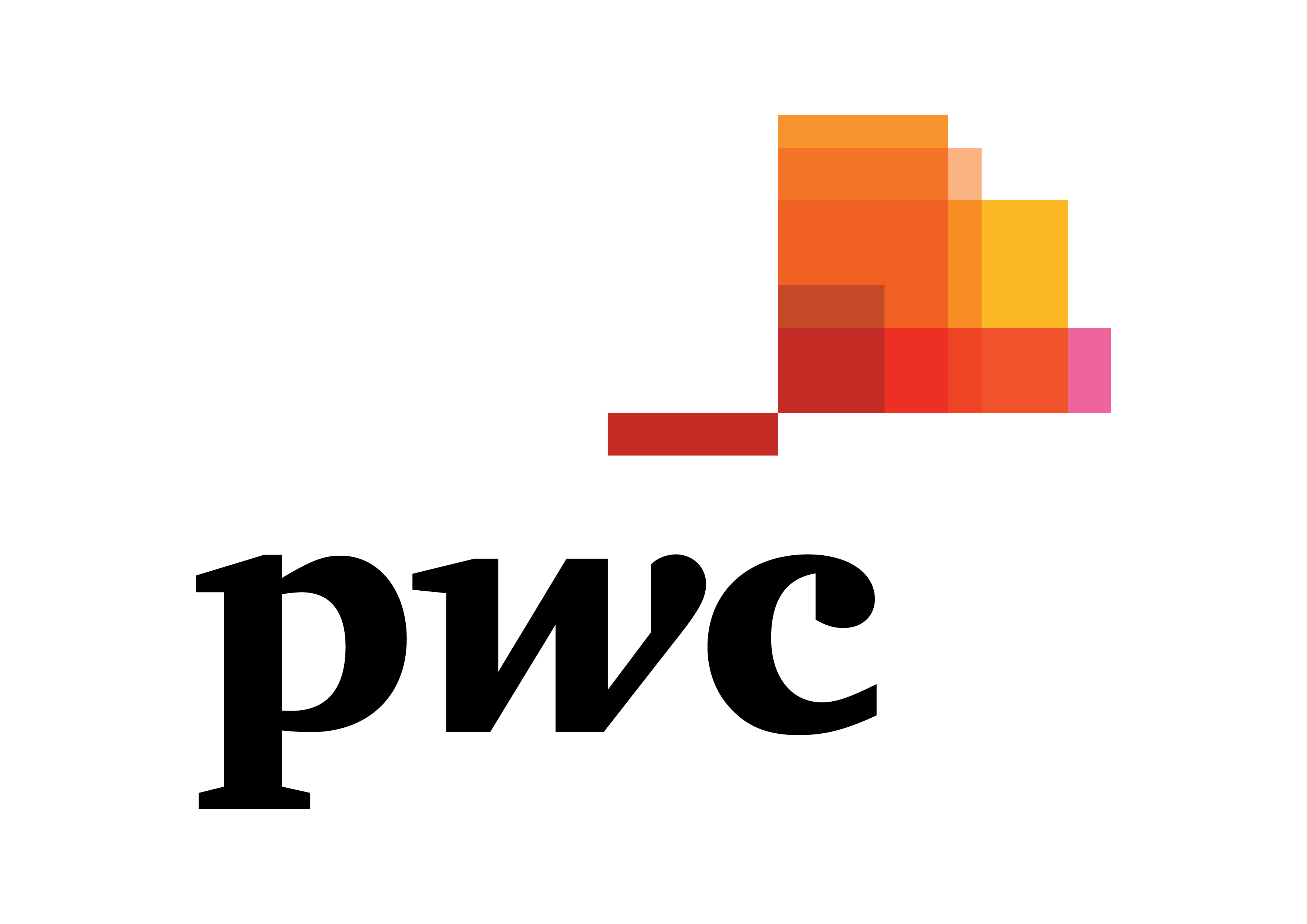The confidence to deliver an infrastructure portfolio

Overspends on capital projects make newspaper headlines the world over. Inaccurate estimates are costly to society with inferior projects receiving support at the expense of alternatives, writes Ciarán Nevin of PwC.
Project overruns push worthy projects down the funding queue. The growing literature on this topic attributes much of the variation between estimated and actual costs to optimism bias–the human tendency to overestimate the likelihood of positive outcomes and underestimate the chances of negative outcomes.
Bent Flyvbjerg developed a method to account for optimism bias called reference class forecasting (RCF). Simply put, RCF compares the estimated cost of a proposed project with the cost performance of similar projects and adjusts the estimate accordingly. Suppose the estimated cost of a new intercity rail line is €2 billion. A survey of 10 similar projects in comparable jurisdictions has identified that the actual cost of delivery was an average of 39 per cent higher than the original estimates. This suggests that the actual cost of the proposed rail line is likely to be closer to €2.78 billion. This revised estimate should form the basis for the investment appraisal.
In fact, Flyvbjerg has identified that rail projects do indeed have a mean cost overrun of 39 per cent. Clearly, it is then prudent to ensure that estimates are adjusted sufficiently to enable fair appraisal and ensure sufficient funds to complete the project. Governments are increasingly conscious of this. The 2019 Public Spending Code notes the impact of optimism bias. All else being equal, the consistent implementation of this practice since 2019 should lead to a significant increase in the estimated cost of projects when compared to their pre-2019 peers, while significantly reducing overruns. Better data leads to better decision making.
Project cost estimates are often presented in terms of the probability of the actual cost falling within a certain range. If a project’s estimated (and adjusted) cost is €2.78 billion with P50 confidence, this means that we can be confident that the cost will not exceed €2.78 billion 50 per cent of the time. As the relationship between the estimate and the confidence level is not linear, in order to reach 90 per cent confidence, the cost estimate would have to increase dramatically. In short, this means that it is prohibitively expensive to account for all risks and so a balance is required. If a portfolio of 10 similar rail projects is proposed, it is unlikely that the worst-case scenario would materialise for all 10 projects. If the P50 estimate for each project is informed by an appropriate reference class, their actual costs should be distributed around that estimate.
With a strong pipeline of rail projects, including MetroLink, DART+, Cork Commuter Rail, and the ambition set out in the All-Island Strategic Rail Review, there is an opportunity to transform public transport in Ireland. Critical factors for the success of that transformation include reliable estimates, proactive risk management to keep costs down, and a focus on benefits realisation. Perhaps the most important success factor of all is learning from others. The Madrid Metro is a stand-out example of how to deliver excellent infrastructure and value for money. As we set out on our journey of transformation, we must look abroad to what has been done well and what could have been done better.

E: ciaran.nevin@pwc.com
W: www.pwc.com





